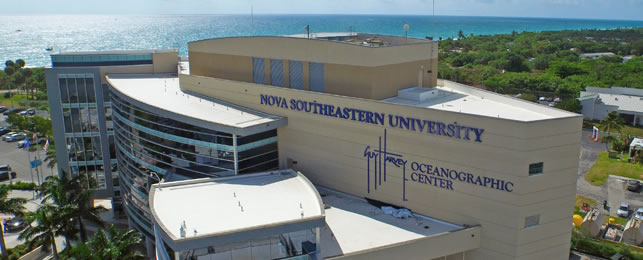
Eric Brown

Dr. Eric Brown has been an adjunct instructor in the life and natural sciences since 1996 at various schools and at NSU since 2014. During his tenure as a biology instructor, he has taught general biology and biology laboratory as well as human genetics and bacterial genetics and evolution at the graduate level. He strives to teach at all levels from introductory to advanced graduate classes and also enjoys teaching majors and non-majors alike. Dr. Brown is also a senior research microbiologist and has been with the Food and Drug Administration’s Center for Food Safety and Applied Nutrition since 1999 where he currently serves as Director of the Microbiology laboratory. His research interests throughout his career have been to develop and apply microbiological and molecular genetic strategies for detecting, identifying, and differentiating bacterial pathogens such as Salmonella, Listeria, and hemorrhagic E. coli. His research has also been effective in adapting next-generation sequencing technologies to augment disease outbreak investigations and genomic epidemiology studies. Dr. Brown received his M.Sc. in Microbiology from the National Cancer Institute/Hood College joint program in the biomedical sciences in 1993 and his Ph.D. in Microbial Genetics from The Department of Biological Sciences at The George Washington University in 1997. He has conducted research in microbial evolution and genetics as a research fellow at the National Institutes of Health, the U.S. Department of Agriculture, and as an Assistant Professor of Microbiology at Loyola University of Chicago. He has been a member of the American Society for Microbiology since 1994 and was inducted as a Fellow of the American Academy of Microbiology in 2015. He has co-authored more than 300 refereed publications and book chapters and has presented nationally and internationally more than 150 times on the molecular differentiation, evolutionary genetics, and ecological persistence of bacterial pathogens.